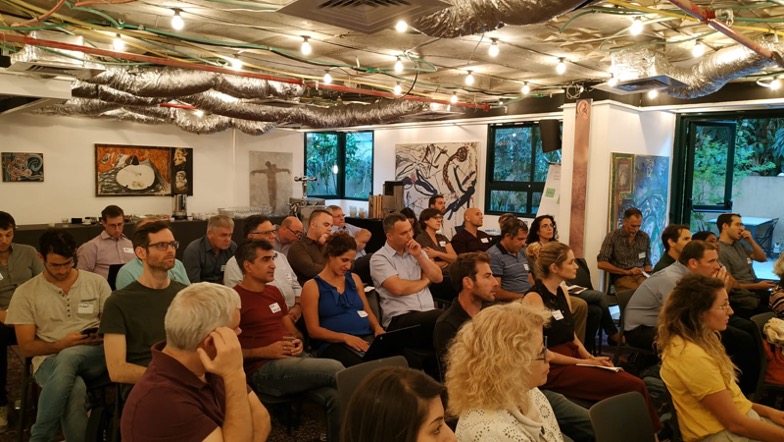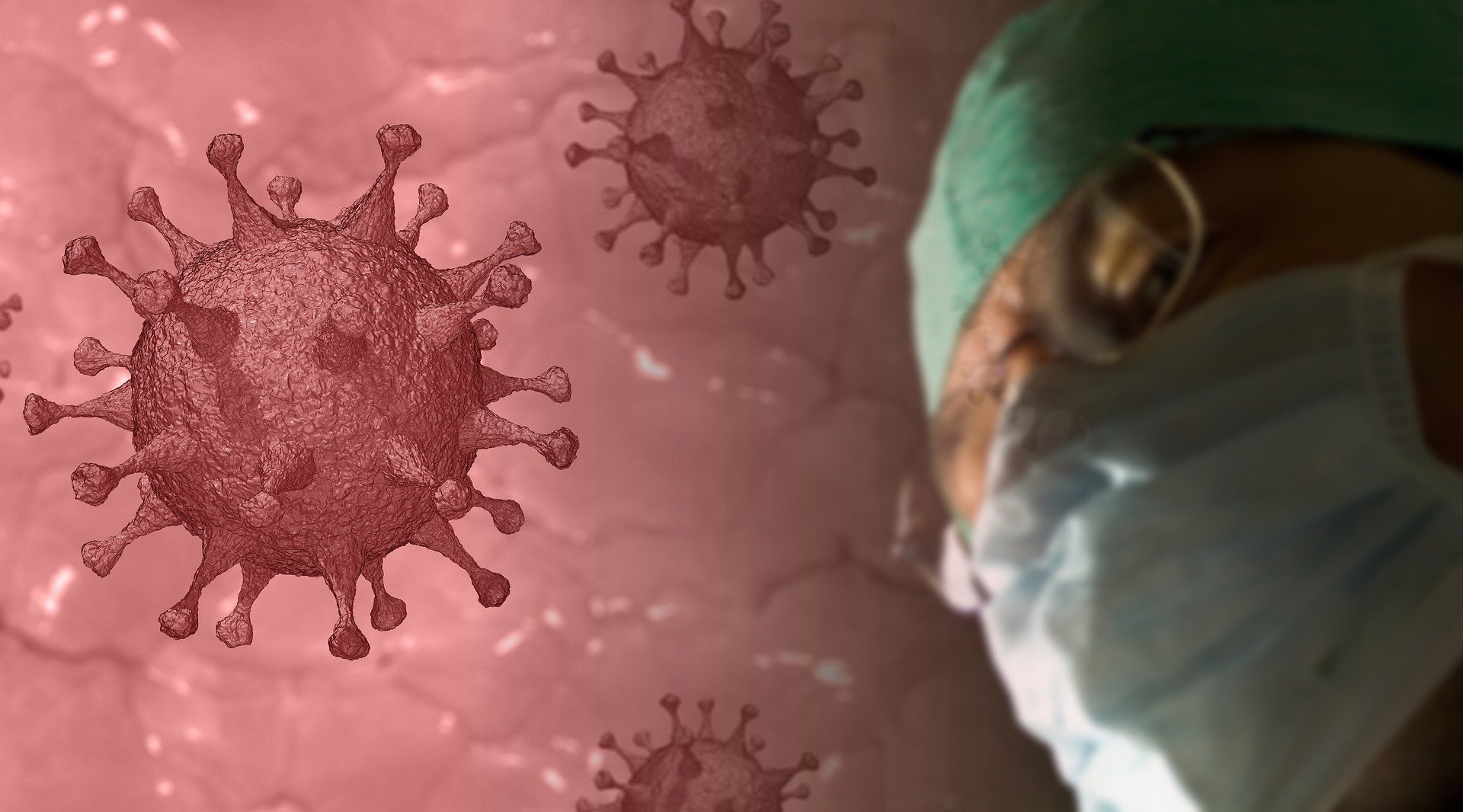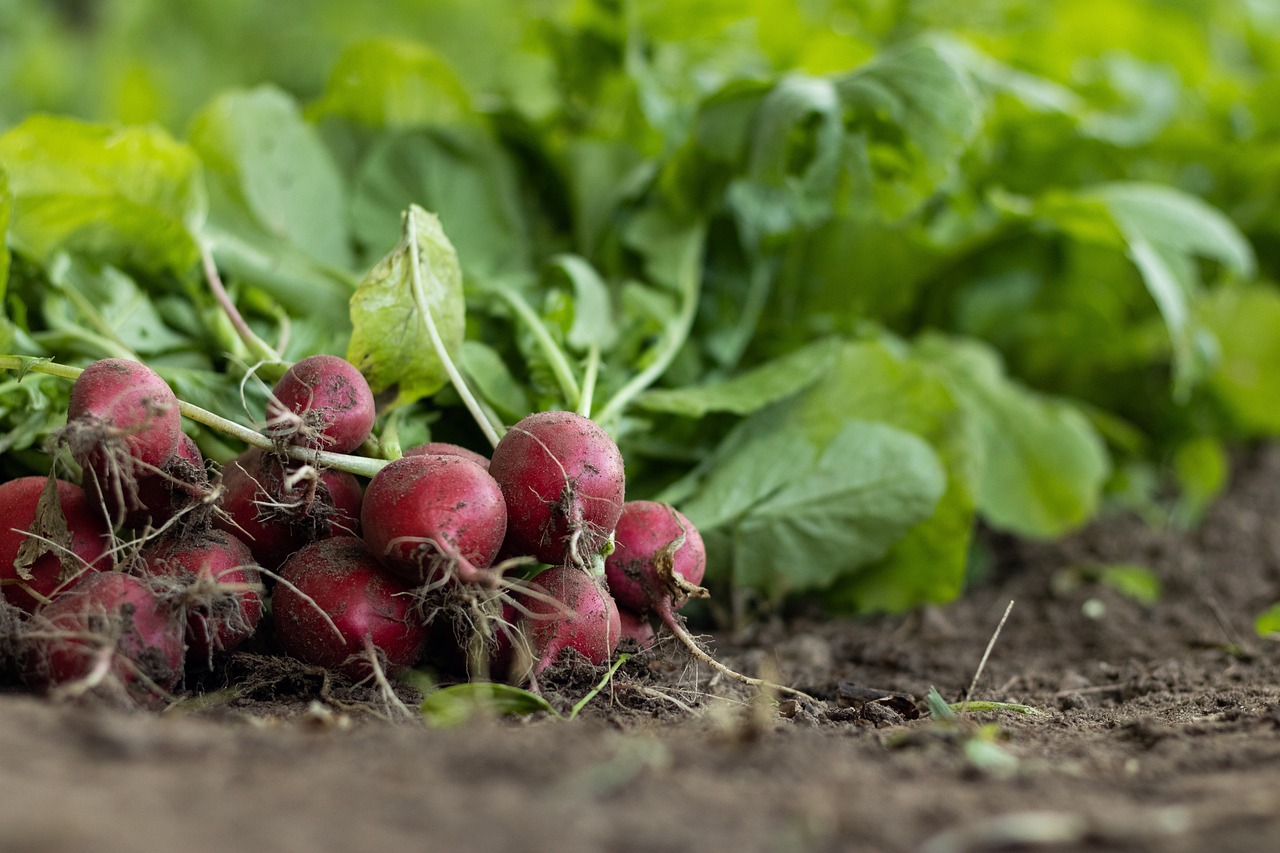How does the European Union plan on making its food system more sustainable?
Share this Post
Nowadays there is an overwhelming amount of talk about sustainability, which more than ever also applies to our food system. But what does a “sustainable” food system look like as opposed to an “unsustainable” one? Our current global food system accounts for nearly one third of global greenhouse gases (GHG) emissions, consumes huge amounts of natural resources and uses large quantities of chemicals. All this makes it the primary driver of biodiversity loss, as well as the cause of detrimental impacts on health. Biodiversity loss is occurring at a rate that was never seen before in human history, with one of the most prominent reasons being the conversion of natural land to agriculture, which significantly contributes to habitat destruction and species loss.
The benefits of biodiversity and green areas for human life are numerous. It has been established, for example, that exposure to green areas is associated with a lower probability of developing cardiovascular diseases, obesity and mental illnesses. It is therefore of great importance that these benefits are preserved and enhanced by redesigning humanity’s global food system.
Creating a more sustainable food system entails, among other things, reducing the GHG emissions it currently generates, limiting its impacts on natural habitats, reducing food waste, and ensuring that agriculture and the related supply chains do not create harm to human health.
What is the Environmental Footprint of the EU’s Food System?
The EU “Agriculture, forestry and fishing” and “Crop and animal production and hunting” represent the fourth and fifth most polluting sectors, respectively, and are together responsible for an overall share of 18% of total EU emissions.
This refers only to the growing (plants) and rearing phases (animals). On top of these, there are additional impacts related to land use change, processing, transport, storage, packaging and retail, which together comprise the whole impact of the European Union’s food system. This means that efforts aimed at improving sustainability in the food supply chain can significantly contribute to tackling climate change and environmental degradation.
A growing global population means that the pressure on humanity’s food system will only be increasing in the coming decades, with net emissions potentially on the rise if effective action is not taken swiftly all around the world. The far-reaching effects on the European and global food systems of events such as the Covid-19 pandemic and the war in Ukraine are further reminders that the collective attention must stay focused on the sustainability of the food supply chain, to help protect against future stress tests and prevent them from compromising global food security and safety.
What is the EU doing to promote a more sustainable food system?
Although the links between the “traditional” food system and its adverse impacts on nature and health have been recognized and internalized, without the implementation of effective legislation the current trends are not likely to be reversed, or even contained.
Against this background, the EU reached the conclusion that a common, cross-border initiative needed to be undertaken, given the strong commercial and natural connections between its member states. The initiative that was conceived to do just that at the European level is the Farm to Fork strategy (F2F). Published in May 2020, this strategy, which aims to “make food systems fair, healthy and environmentally-friendly,” is part of the wider EU environmental initiative known as the European Green Deal, whose aim is to lead the EU to be climate-neutral by 2050.
The overall GHG emissions of the EU have been progressively curbed over the past decade, as shown in the chart below. Nevertheless, given the large share of GHG emissions generated by the food sector, the F2F, positioned within the larger endeavor of the European Green Deal of reducing overall emissions, is set to play a key role in contributing to the effort of the transition to a net-zero economy in the coming years.
The F2F strategy has multiple, ambitious objectives, including the elimination of negative impact on the environment, helping to mitigate climate change and adapt to its impact, reversing the loss of biodiversity, enhancing food security, and promoting fair trade.n order to achieve these five objectives, the actions under the F2F strategy are based on four pillars:
I. Food Loss & Waste Prevention
II. Sustainable Food Production
III. Sustainable Food Processing & Distribution
IV. Sustainable Food consumption
The pillars of the Farm to Fork strategy reflect the European Union’s understanding that the transition to a sustainable food system requires action on multiple fronts of the food chain. Each of these pillars has, or will soon have, specific targets. For instance, the sustainability targets in the area of food production include reducing by 50% the overall use and risk of chemical pesticides, reducing nutrient losses by at least 50%, reducing sales of antimicrobials for farmed animals by 50% and achieving at least 25% of the EU’s agricultural land under organic farming as well as promoting a significant increase in organic aquaculture.
The Reasons behind the EU Commission’s Priorities
- Chemical pesticides: Despite their benefits in protecting crops from pests, the concentration of chemical pesticides can reach levels that generate potential health hazards and environmental degradation. For these reasons, in June 2022 the EU Commission introduced a legally binding target to reduce by 50% the use and risk of chemical pesticides, as well as the use of more hazardous pesticides by 2030.
- Nutrient losses: The widespread use of certain nutrients in agriculture (mostly phosphorus and nitrogen) generates their partial release into the environment. If used in excessive quantities, they are not fully absorbed by plants and are released in the soil, ultimately resulting in air, water and soil pollution. To combat the effects of this loss of nutrients, the EU Commission has set the target to reduce them by 50% by 2050, which is expected to lead to a reduction in the use of fertilizers by 20% by 2030.
- Antimicrobials: These are medicines (for example, antibiotics and antivirals) used to prevent and treat infections in humans, animals and plants. However, their excessive use in agriculture generates a phenomenon called antimicrobial resistance (AMR). This occurs when organisms like bacteria and viruses evolve over time and become resistant to medicines, ultimately making it more difficult to treat diseases and illnesses in humans, animals and plants. The result of this is an estimated 33,000 deaths in the EU per year. To tackle this issue, the EU Commission has set the target of reducing the sales of antimicrobials to treat farmed animals by 50% by 2030.
- Organic farming: This is a method of farming that promotes soil, plant and animal health by using fewer pesticides and no artificial fertilizers, adhering to higher animal welfare standards, avoiding routine use of antibiotics, and not allowing GMOs (genetically modified organisms) or artificial colorings and preservatives. This type of agriculture is associated with multiple health and environmental benefits, and in order to promote it, the EU Commission has set a target stating that at least 25% of European agricultural land will be organically farmed by 2030.
Finally, another critical area of food sustainability is the prevention of food loss and waste. The EU is committed to meeting the Sustainable Development Goal Target 12.3 to halve per capita food waste at the retail and consumer level by 2030 and reduce food losses along the food production and supply chains. The EU plans on setting legally binding targets in the area of prevention of food loss and waste by the end of 2023.
Conclusion
While the issue of food sustainability hardly received any attention by the average European citizen only a couple of decades ago, today it is considered a key issue for policymakers, private companies and the general public alike. The EU’s F2F strategy, whose 2030 targets will be key in achieving the wider climate neutrality target set at the European level for 2050 reflects the importance and sense of urgency attributed to the issue of adjusting the EU’s food system. Tackling issues such as polluting emissions, resource depletion, food waste and the use of chemicals across the food supply chain will also be important steps towards the wider objective of creating a more sustainable food system in the next decades.
Further Reading
Chatham House, “Food System Impacts on Biodiversity Loss” (https://www.chathamhouse.org/2021/02/food-system-impacts-biodiversity-loss )
European Commission, “Farm to Fork Strategy” (https://food.ec.europa.eu/horizontal-topics/farm-fork-strategy_en )
Visual Capitalist (2020), “The Carbon Footprint of the Food Supply Chain” (https://www.visualcapitalist.com/visualising-the-greenhouse-gas-impact-of-each-food/ )
Clean Energy Wire (2021), “EU’s Farm to Fork Strategy Impacts Climate, Productivity, and Trade” (https://www.cleanenergywire.org/factsheets/eus-farm-fork-strategy-impacts-climate-productivity-and-trade )
European Commission, “Sustainable Use of Pesticides” (https://food.ec.europa.eu/plants/pesticides/sustainable-use-pesticides_en )
European Commission, “Closing the Mineral Cycles at Farm Level: Good Practices to Reduce Nutrient Loss in the Wielkopolskie Region (Poland)” (https://ec.europa.eu/environment/water/water-nitrates/pdf/leaflets/Leaflet_Wielkopolskie_EN.pdf )
Soil Association, “What Is Organic?” (https://www.soilassociation.org/take-action/organic-living/what-is-organic/ )
United Nations, “Ensure Sustainable Consumption and Production Patterns” (https://sdgs.un.org/goals/goal12 )
The opinions expressed in this text are solely that of the author/s and do not necessarily reflect the views of the Israel Public Policy Institute (IPPI) and/or its partners.
Share this Post

En Route to Climate Goals: Accelerating Cleantech Commercialization is Key
Workshop in Tel Aviv: Israel’s experts on green innovation discussed how to make the high-tech nation into a…

Examining the reach of the EU's Digital Services Act: How will it affect non-EU jurisdictions?
When online users in Tel Aviv, Mexico City, Delhi today go to their preferred global news website, they…

How Mainstreaming of Anti Vaxxers Granted Conspiracy Theorists a Covid-19 Spotlight
In January 2020, before we were familiar with Covid-19, Alex Jones’ channel, Infowars, hosted Del Bigtree — a producer, and antivax…

